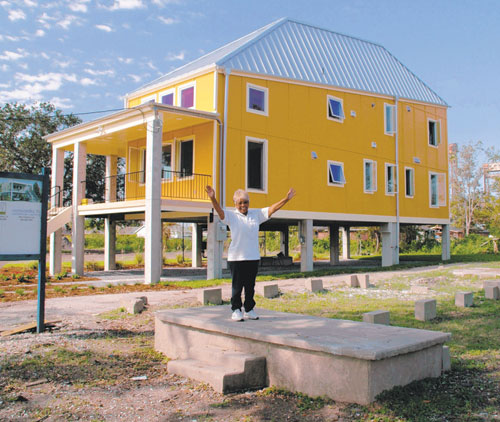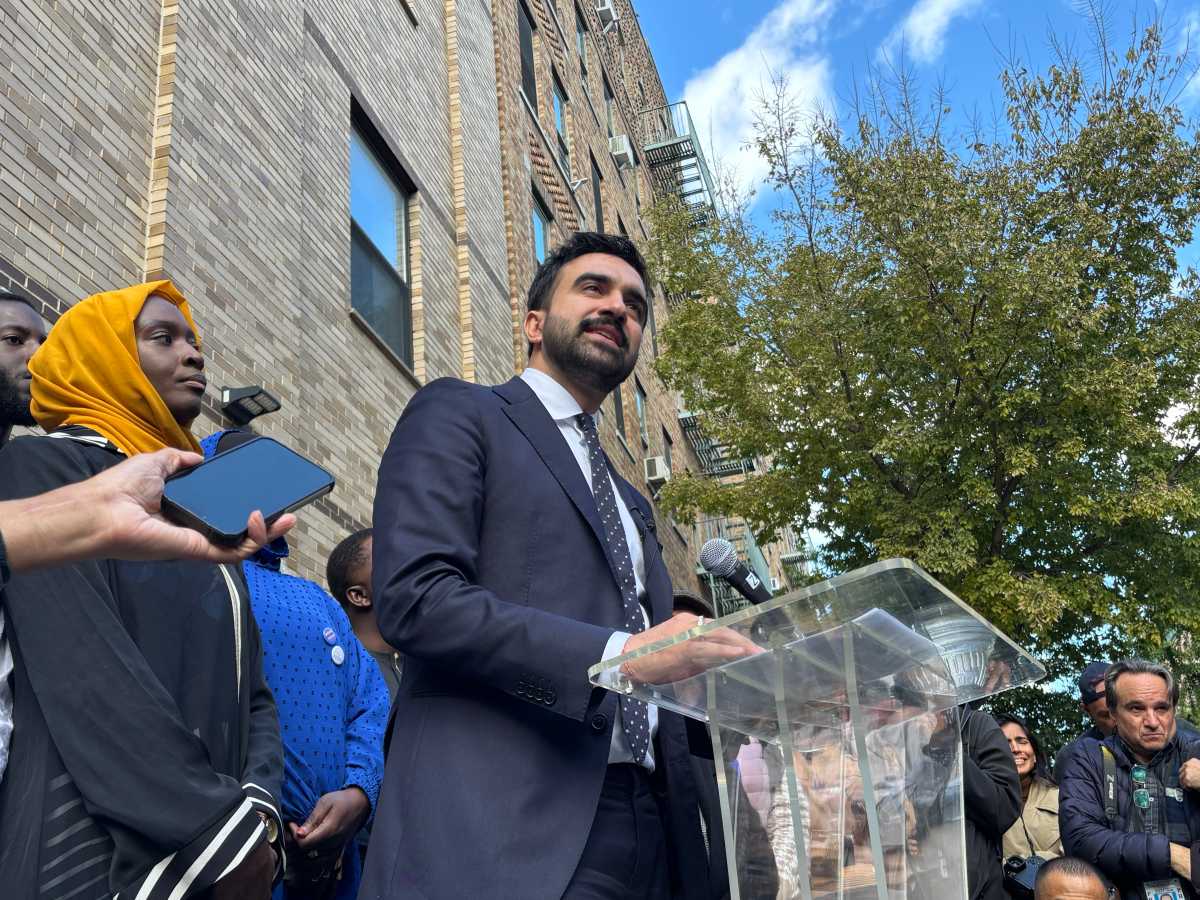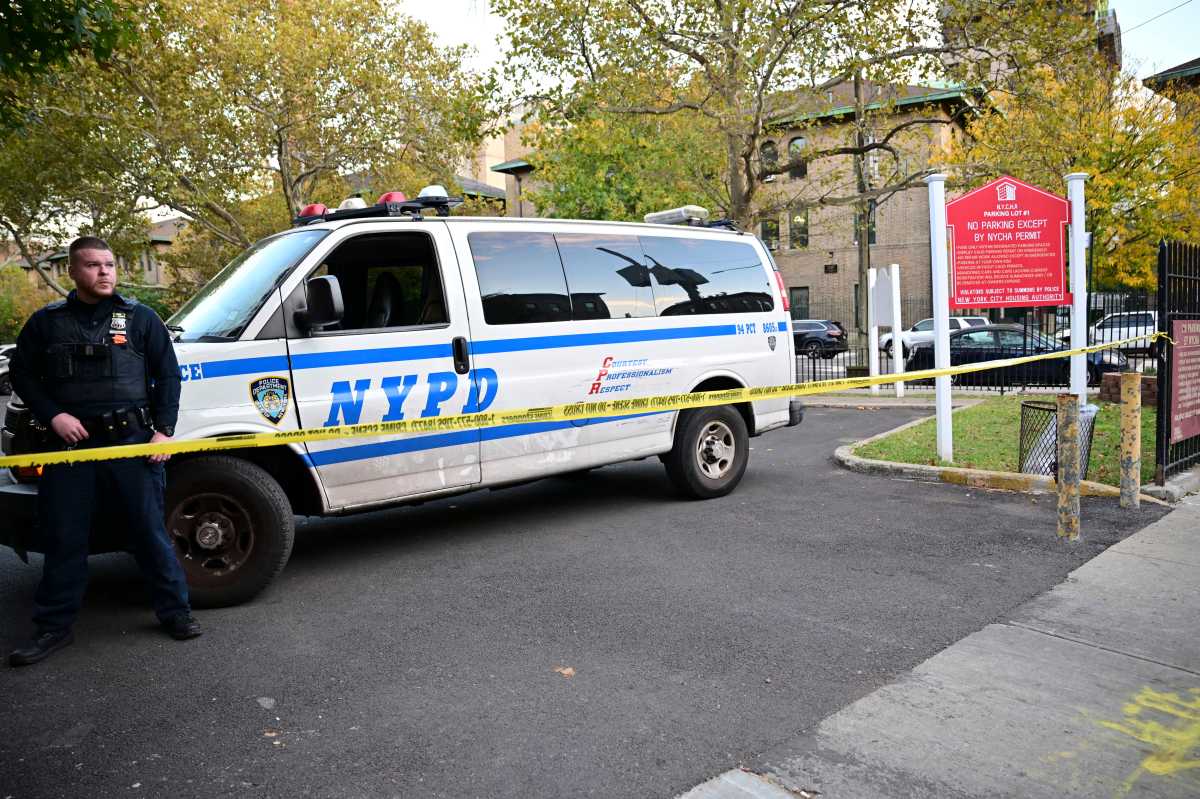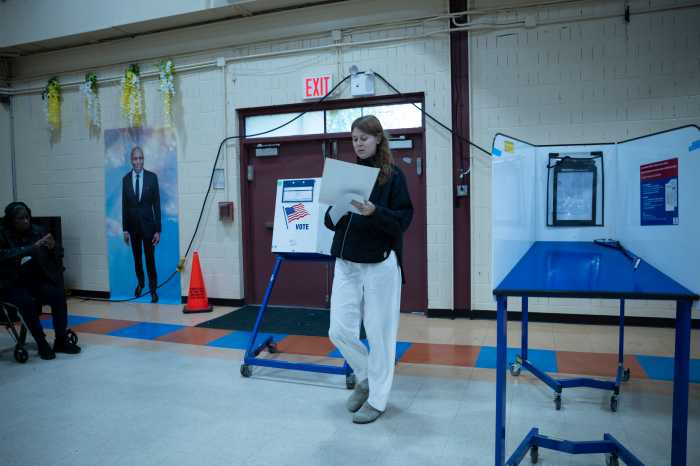The city is planning for a higher skyline.
The Department of City Planning has put forward a proposal that would allow property owners who now find themselves living in the Federal Emergency Management Agency’s high-risk flood zones to raise their homes above the maximum height allowed in their zoning district without needing special permission.
But while both the city and FEMA are advising all home owners in the new flood zones to raise their homes, only new buildings are absolutely required to meet the new height standards, leaving Southern Brooklynites worried that any new structures will leave their neighbors in the shade.
“Architecturally, it’s going to look like a hodgepodge, and some people are going to loose sun and light, which is very important to most people,” said Ira Zalcman, president of the Manhattan Beach Community Group.
Following Hurricane Sandy, FEMA released updated flood maps that increase the standards for flood resiliency among many buildings located along Brooklyn’s southern coast.
For many properties in Manhattan Beach, Gerritsen Beach, Sheepshead Bay, Mill Island, and Bergen Beach, these maps will require owners to raise their homes — in some instances by more than a dozen feet — or else face exorbitant flood insurance premiums come 2015, when the new maps are expected to take effect.
Furthermore, the city has already put an emergency rule into effect requiring any new structures built within FEMA’s high-risk flood zones to meet these standards, according to the mayor’s deputy press secretary Lauren Passalacqua.
“For new construction, the city is required to adopt the regulations in those maps,” said Passalacqua.
So the Department of City Planning has proposed a Flood Resiliency Text Amendment, which allows properties located in FEMA’s flood zones to be measured from the Flood Resistant Construction Elevation — their term for the height the lowest floor must be from the ground to be considered flood resistant — instead of from the ground itself for zoning purposes.
This means that if FEMA says you have to raise your bottom floor eight feet above the ground to be flood resistant, then you can raise the overall height of your building by eight feet without fear of a zoning violation.
The text amendment, if approved by the City Council this fall, would allow people to meet FEMA’s height standards without sacrificing living space, while also relieving community boards from having to hold a hearing each time a home owner wanted to build up to meet the flood standards. Normally, the city Board of Standards and Appeals requires a community review before exceeding zoned height limits.
“Without this, we would have to sit through BSA hearings from now ‘til forever,” said Community Board 18 district manager Dorothy Turano.
Also, going through the Board of Standards and Appeals review process is an expensive endeavor, often requiring the property owner to secure a lawyer and an architect to submit paperwork and appear at various hearings to plead their case, according to Turano.
“BSA applications are very costly,” she said. “You have to get an architect, you have to get a lawyer, you have to go to hearings. Its very lengthy and expensive.”
Folks living in Southern Brooklyn are sceptical that home owners affected by FEMA’s new standards, many of whom suffered extreme property damage during the storm, will bother with the heavy expenses involved in raising their homes.
“It’s extremely costly and, look, I don’t see people taking that kind of an expense upon themselves,” said Community Board 15 chairwoman Theresa Scavo.
New properties, however, will be required to meet FEMA’s standards — thus the general worry that any new buildings will inevitably tower over existing homes.
“If you’re talking about Gerritsen Beach, you have a lot of low-rise homes that could find themselves next to a new house that’s 45-feet tall,” said Scavo. “It’s a catch-22. I see a lot of potential for problems.”
Many people realize the importance of eliminating basement accommodations in flood zones, and even raising their homes, but few of them are willing to plunk down the money to do so, according to Zalcman, who has both a basement and no intention of raising his home anytime soon.
“Getting rid of the basements is a good idea, it makes a lot of sense after Hurricane Sandy,” he said. “In my case, I’m not going to do it, because it’s going to cost a fortune.”
Reach reporter Colin Mixson at cmixson@cnglocal.com or by calling (718) 260-4514.






















